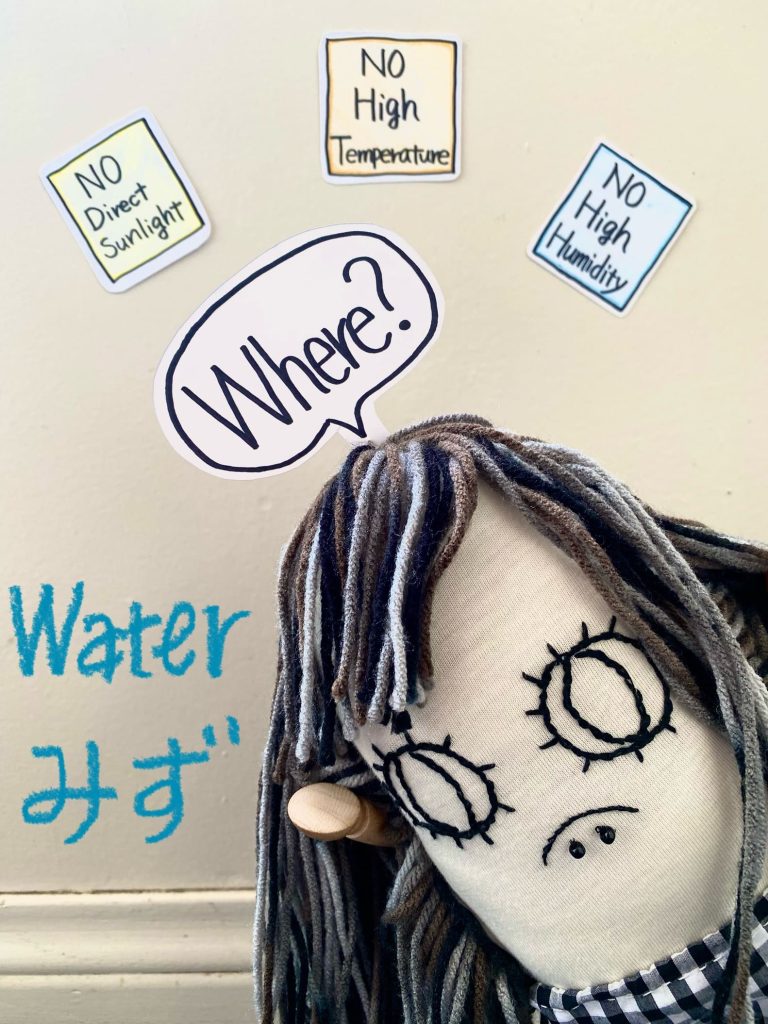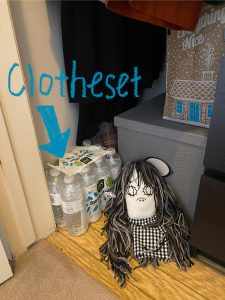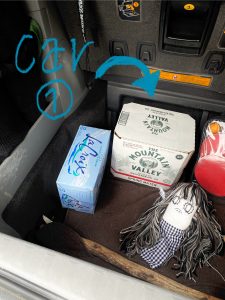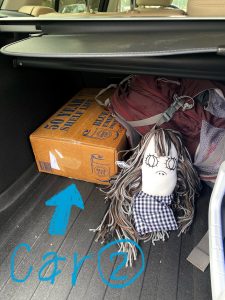
What kind of water do I need for my emergency stockpile?
どんな種類の水?
Which water is best for an emergency?
There are so many different kinds of water ….!!
Can I just save tap water for emergencies?
Before you think about getting water, figure out where you can safely store the water, and only then should you buy water that is appropriate for each storage space.
お水を買う前に考えて!
どこに水を置くと安全か
The type of water you get will depend on your living place and situation. Take my place, for example. I live in an apartment, and I have a garage. But I don’t park my car in my garage, I park on the street.
I set up water in five different locations: Kitchen, Bedroom, Garage, Car 1, Car 2.



Why we do keep water in different places?
Expect the unexpected. In a true emergency: I don’t know whether my garage will open or not. My ceiling may collapse and destroy the kitchen. It might flood… I might have to evacuate my home.
I recommend that you do not keep water in only one place, because we don’t know if or how our water supply might be destroyed in a disaster. You should keep an emergency water supply in at least two separate locations. If one cache is destroyed or rendered inaccessible, you’ll have at least one more stash.
お水を一か所に保管しないこと!
The water you can buy at the store comes in a variety of different containers of varying shapes, sizes, and materials. Different kinds of water for different situations. There are glass bottles of water, plastic bottles, even cans; big bottles, small bottles; mineral water, spring water, distilled water, etc. We’ll cover all those differences in a future post. For now, simply pick two or more separate places in or around your home where you will store your emergency water.
⚠️
Expect the unexpected. You should keep an emergency water supply in at least two separate locations.
予期せぬ事態のために、一カ所以上に保管を
The first step in setting up your emergency stockpile is to choose where you will keep your water. You will find that there is an appropriate type of container/packaging for each of your emergency stock locations.
A few important guidelines you need to keep in mind when choosing a storage place for water are: no direct sunlight, no high-temperatures, and no high-humidity, wherever possible. The water will keep longer in a cool, dark place, especially if it’s in a plastic container. Plastic bottles, and the water inside them, can develop a funky smell over time, and high temperatures and humidity exacerbate that tendency. Chemicals from the plastic can leach into the water. Be careful!
直射日光・高温・高湿度はダメ!
In spite of the guidelines against high temperatures, I do keep water in my cars, which get quite hot during the day. Because of the heat, I choose glass bottles for the cars. And I don’t store water in the cars for as long a time as I store water in, say, the garage.
Next time, I will explain where the best places are to start setting up your emergency water supply.
See you soon!
Remember, “Protect your life by yourself” (自分の命は自分で守る). You need to survive first, and then you need your emergency supply. No matter how well you prepared your emergency supplies, if you die, then all of your preparations will have been for nothing. First and foremost, keep your health up all the time. Build your stamina so that if you need to, you can evacuate as quickly as possible. Stay healthy
Pingback: Which Emergency Water Should I Get for My Kitchen? #6 キッチンにどの非常用水? – Goriyama
Pingback: How to Set Up a Space for Emergency Water #5 非常用備蓄水置き場の作り方 – Goriyama